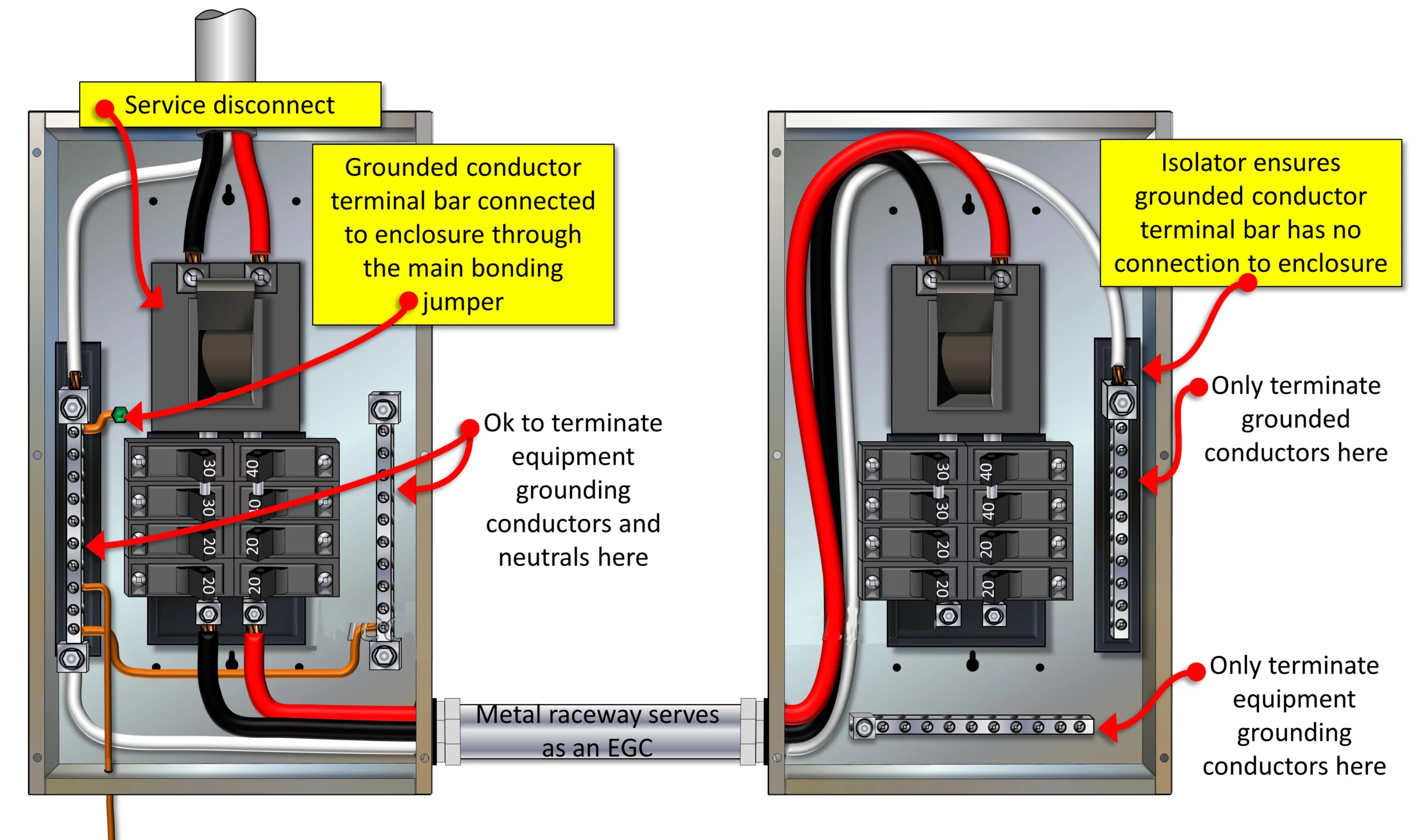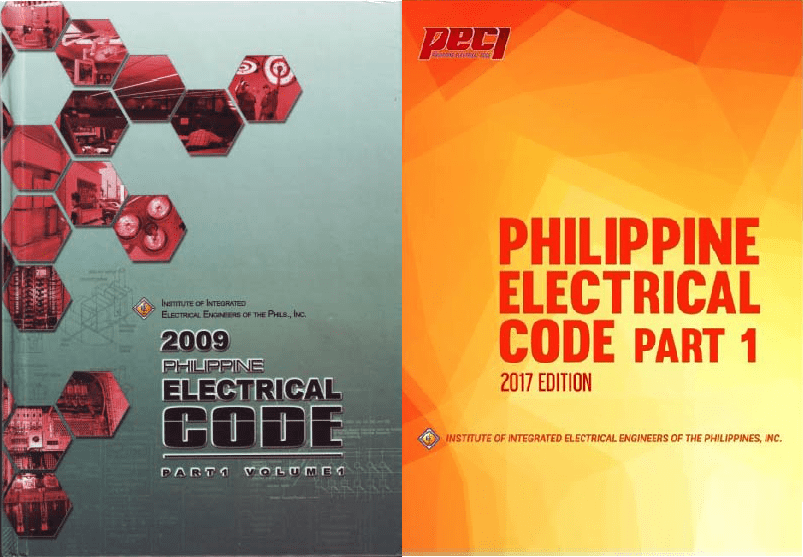This is a series of articles where we shall be discussion the common violation on the Philippine Electrical Code. It is the assumption of this series of article that the Electrical installer are duly licensed by the Professional Regulations Commission, plans are checked, signed and sealed by a registered Professional Electrical Engineer, and all permits has been acquired prior to the installation.
Grounding and bonding of electrical equipment is by far one of the most misunderstood requirements in the Philippine Electrical Code. Most often, it is being used interchangeably. Most of the times, it is because someone taught something incorrectly, and they have continued doing it over and over. It starts with the use of properly defined terms for the various components.
To better understand grounding and bonding, following are some definition of terms as per PEC:
Grounded Conductor. A system or circuit conductor that is intentionally grounded.
Grounding Conductor. A conductor used to connect equipment or the grounded circuit of a wiring system to a grounding electrode or electrodes.
Bonding (Bonded). The permanent joining of metallic parts to form an electrically conductive path that ensures electrical continuity and the capacity to conduct safely any current likely to be imposed.

Source: Electrical License Renewal
Grounded System
For a grounded system, Section 2.50.2.5(B) requires an unspliced main bonding jumper to connect the equipment grounding conductors and the service-disconnect enclosure to the grounded conductor within the enclosure for each service disconnect in accordance with 2.50.2.9.
According to PEC Section 2.50.24(A)(5), A grounded conductor cannot be connected to normally non–current-carrying metal parts of equipment, to equipment grounding conductors, or be reconnected to ground on the load side of the service disconnecting means unless permitted elsewhere in PEC Section 2.50.
Where Permitted
Inside the main service disconnect enclosure, grounded conductors are permitted to have continuity with the metal enclosure and equipment grounding conductors.
Beyond the grounded conductor connection in the service disconnect, all grounded conductors must be kept separate from any contact with metal enclosures or equipment grounding conductors. This setup ensures that if a phase-to-neutral fault occurs in a feeder or branch circuit, the majority of fault current will flow back through the grounded neutral conductor, allowing the overcurrent device to trip more quickly and protect the circuit.
If grounded neutral conductors are improperly connected to equipment grounding conductors downstream of the service disconnect, multiple paths for fault current are created. This disperses the return fault current across these parallel paths, reducing the amount that flows solely on the grounded neutral conductor. As a result, the reduced current on the grounded conductor causes a slower response time for the overcurrent device, delaying its ability to clear the fault condition.
